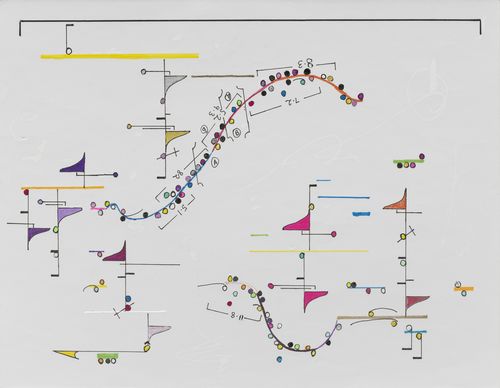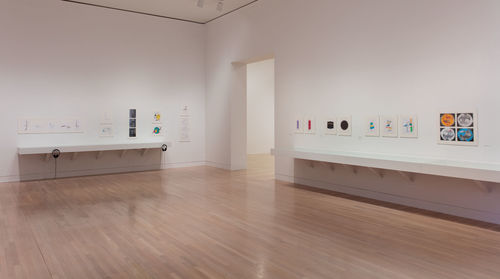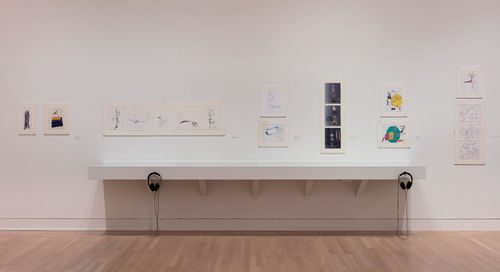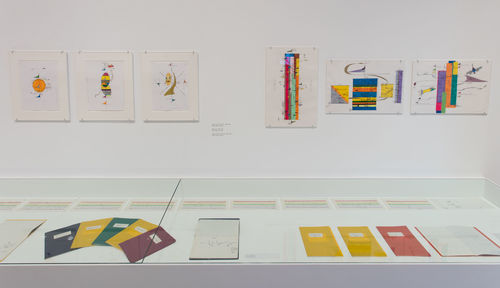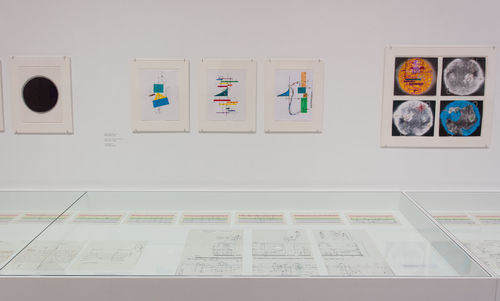
Wadada Leo Smith
Wadada Leo Smith is a performer and composer in equal measure, having taken up both trumpet and writing music at the age of twelve. Smith was a formidable presence in the free jazz scene of the late 1960s, the period when he developed a form of musical notation he refers to as Ankhrasmation, a word combining ankh (an ancient Egyptian symbol meaning life force), ras (father), and ma (mother). Ankhrasmation began as a cuneiform-like notation in which Smith abandoned instrumentation, meter, and choice of notes, making it a framework not so much for what to play as for how and when to play it. Rather than notes, Ankhrasmation privileges discrete moments of activity, for which he provided only general determinants: number and duration of notes, tempo, pitch, phrase length. The notation’s signature glyph is the pennant, referred to as a velocity unit. It is a signpost for the intensity of activity. Depending on whether the triangular portion is filled in or accompanied by a horizontal dash across its stem, a velocity unit can call for a rapid burst of notes or prompt a lithe melody.
This selection of scores dates from 1968 to 2014. While it took root during Smith’s years in New Haven, Connecticut, Ankhrasmation blossomed in Southern California, where he relocated in 1993, joining the faculty at California Institute of the Arts. The move west coincided with a wholesale expansion in his use of color, repertoire of signs, and compositional approaches to the page as a whole. Some are defined by large blocks of color and bold singular shapes, either geometric or calligraphic in nature. Others resemble a schematic for what could be a fourth law of thermodynamics. In any case, Smith’s latter-day output only confirms what Ankhrasmation has been all along, namely a cosmology, a meditation about creation in the human and intergalactic sense.



